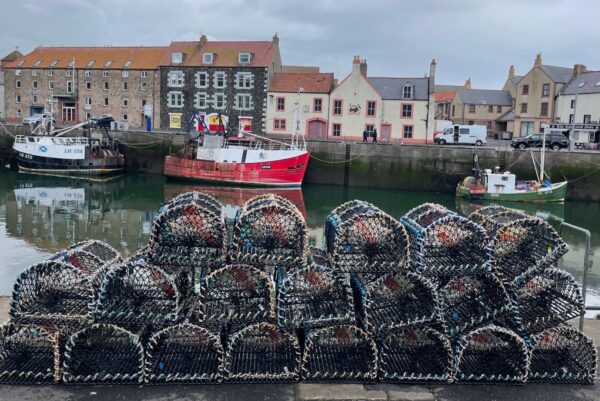Dutch researchers and fishing industry have developed an AI-based tool for the Fully Documented Fisheries (FDF) project.
The problem of unwanted catches has always been present in fisheries. In the EU, fishers must register all catches and bring them to shore (land), which takes up time, space and is very costly.
This is where artificial intelligence (AI) comes in. Researchers from Wageningen University and Research (WUR) in the Netherlands have joined forces with the Dutch fishing industry to develop an AI-based tool, funded by the EU.
The tool automatically recognises the size and species and of each fish, facilitating the handling of fish and recording of catches on board vessels. It also provides valuable data for fisheries management.
More sustainable fisheries thanks to fully documented fishery
A powerful algorithm that recognises the species and size of fish, allowing the system to distinguish between catches for human consumption (above minimum size) and unwanted catches (below minimum size).
FDF can improve the processing of catches on board, reduce the workload of the crew and lessen the administrative burden. It can also monitor total catches in real time by size, species and weight, and generate detailed data that can be used for scientific purposes, stock estimates, research and fisheries policy.
There is also a potential for commercial use, such as improving the selectivity of the fisheries. Regardless of how it is used, FDF definitely brings results in increased transparency – not only for the sector itself, but also for consumers and NGOs.
The project blends new technology to improve data collection in commercial fisheries, ultimately leading to sustainable fisheries. As Edwin van Helmond, fisheries biologist at Wageningen University and Research, says: “We have improved data, improved stock assessment, better research, better policy and, ultimately a better fisheries sector. It’s really a win-win situation”.
How was it done?
The system was installed onboard participating vessels. A video camera recorded the fish moving along the conveyor belt from the net unloading area to the hold of the vessel. An on-board AI unit then decoded video images to identify and record the species and size of each fish. This allowed the fishers to quickly see if they were catching too many undersized fish or the wrong species, and move to another fishing ground.
What’s next?
The FDF project originally targeted beam trawlers, which are important in Dutch fisheries. After promising results in the first pilot phase, the team decided to expand the project to other fleet segments, as well as other countries.
The next phase of the project will cover other fishing methods and other Member States, mainly Denmark and Belgium. This will be an important step in making the European fishing sector more sustainable. Further information can be read here.
